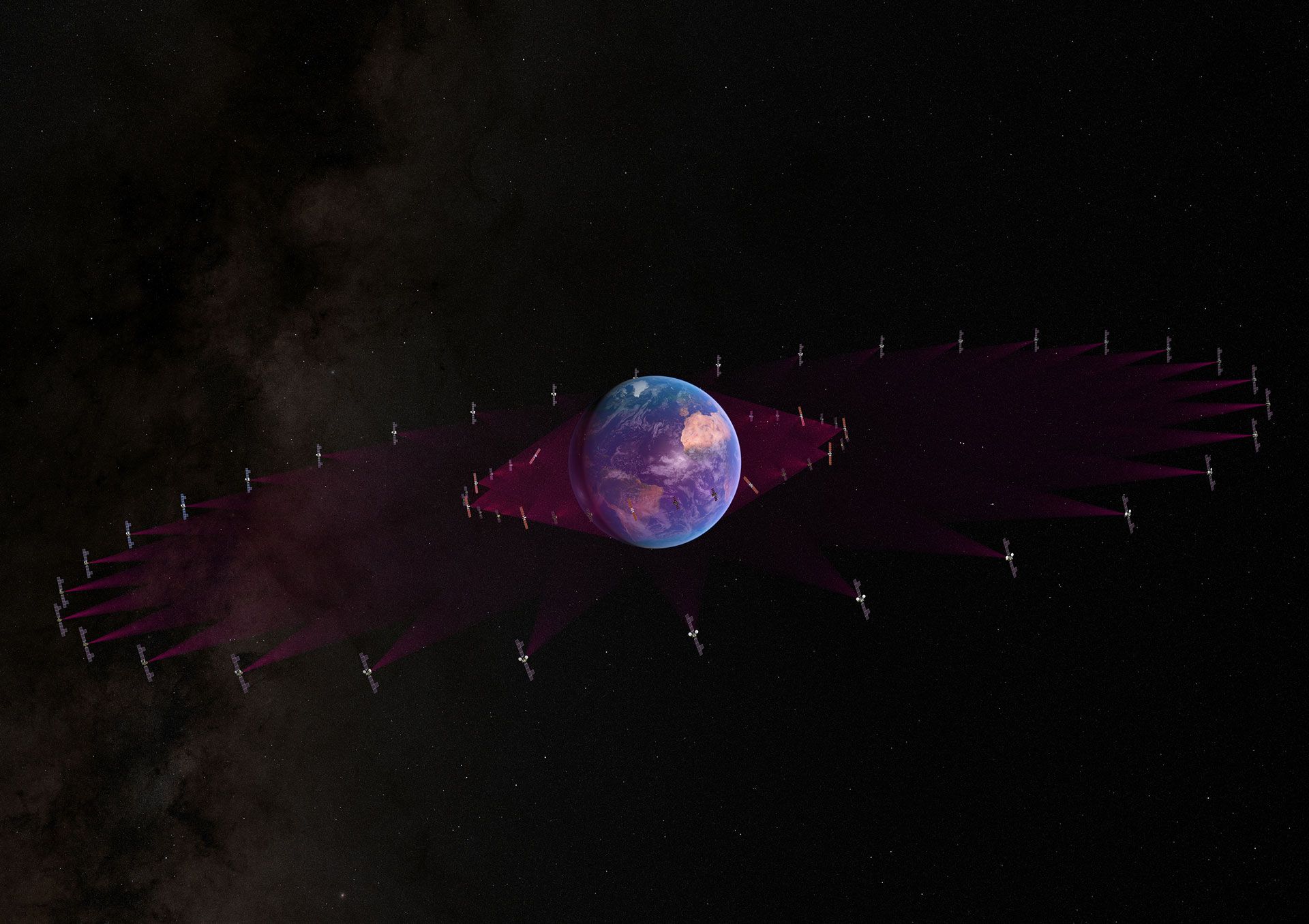
Inter-satellite links: Why it’s important to expand usage in available spectrum


Anna Marklund, Director, WRC Lead, Spectrum Management and Development, SES
Historically, the Tracking and Data Relay Satellite (TDRS) constellation and the European Data Relay Satellite (EDRS) system have provided some degree of satellite-to-satellite relay capability.
However, more spectrum is needed to support the growing number of Earth observation, Internet-of-Things, scientific, and other satellite missions in low Earth orbit, as well as their growing bandwidth requirements.
This is because low-Earth-orbit satellites can only communicate with ground stations within a restricted view of the Earth. Inter-satellite links are one way to overcome this limitation, as data can be relayed to and from the ground via other satellites, including those located in a different orbit.
A concerted solution
The upcoming World Radiocommunication Conference (WRC‑23) will consider ways to facilitate connecting the globe by extending available options when operating satellite spectrum. Under agenda item 1.17, the conference will define the regulatory framework for the use of certain fixed-satellite service (FSS) frequencies — namely 11.7–12.7 gigahertz (GHz), 18.1–18.6 GHz, 18.8–20.2 GHz, and 27.5–30 GHz — for inter-satellite links.
Establishing such a framework would enable FSS satellites in higher orbits to serve as relays for satellites operating in low Earth orbit, resulting in more efficient and intensive use of existing FSS spectrum.
Thus, Earth-observation satellites in low Earth orbit will be able to transmit high-quality images or other data back to the ground in real time.
Internet-of-Things traffic will be deliverable in real time everywhere. Similarly, future crewed space stations should be able to communicate with the Earth at any time, even when over water and out of sight of land.
About agenda item 1.17
WRC‑23’s agenda item 1.17 aims to find a regulatory mechanism and define the steps for implementation, including the introduction of new FSS space-to-space allocations or new inter-satellite service allocations, subject to appropriate technical and operational limitations to avoid harmful interference.
The most promising approach to arise from WRC‑23 preparatory work involves adding an inter-satellite service allocation in the subject bands while limiting inter-satellite operations to the cone of coverage of the FSS satellite. The use of an inter-satellite service allocation helps overcome different interpretations of the FSS definition.
In addition, limiting the cone of coverage ensures overall similarity to current FSS operations that may have already been coordinated. Inter-satellite service operations that are similar to current FSS operations will ease the work of assessing interference impacts for national administrations and the International Telecommunication Union (ITU).
Over the course of the WRC‑23 study cycle, the ITU Radiocommunication Sector (ITU–R) has drafted various innovative and tailored solutions to protect other radio services, including during the second session of the Conference Preparatory Meeting (CPM) in March and April this year. Administrations, industry members and stakeholders at the meeting were able to converge on this single approach for agenda item 1.17 in the CPM Report, highlighting the collaborative spirit on this agenda item.
From antenna characteristics to power-flux densities on the ground, and via the reuse of existing coordination agreements, the CPM Report includes regulatory answers on how best to enable satellite-based data relay without changing the overall interference environment.
Building up satellite relay services
The benefits of using existing FSS spectrum for inter-satellite links are clear. Such a solution will help telecom operators swiftly meet an immediate and growing need.
The entire industry and governments globally, therefore, have an interest in reaching a conclusion at WRC‑23 to enable the use of FSS spectrum for inter-satellite links without undue constraints. Just as important, of course, is to protect all potentially impacted radio services, including geostationary and non‑geostationary satellite, terrestrial and Earth-observation services.
Building on the excellent work on agenda item 1.17, a future topic is also proposed for study for the 2027 World Radiocommunication Conference. This future agenda item would aim to enable other existing satellite bands — such as the mobile satellite service bands and potentially the C-band and other FSS bands — to also be used for satellite relay services.
Download your copy of the ITU News Magazine: Satellite connectivity.
Header image credit: SES
